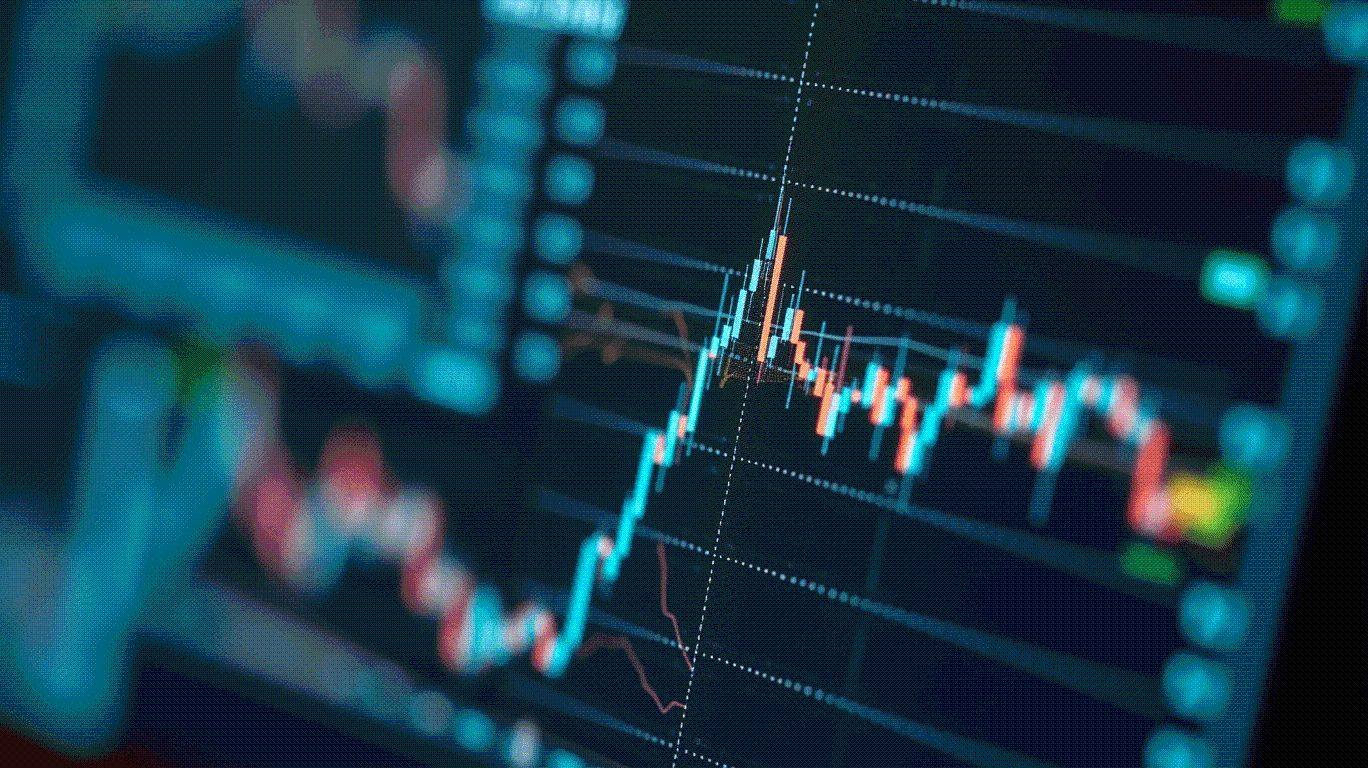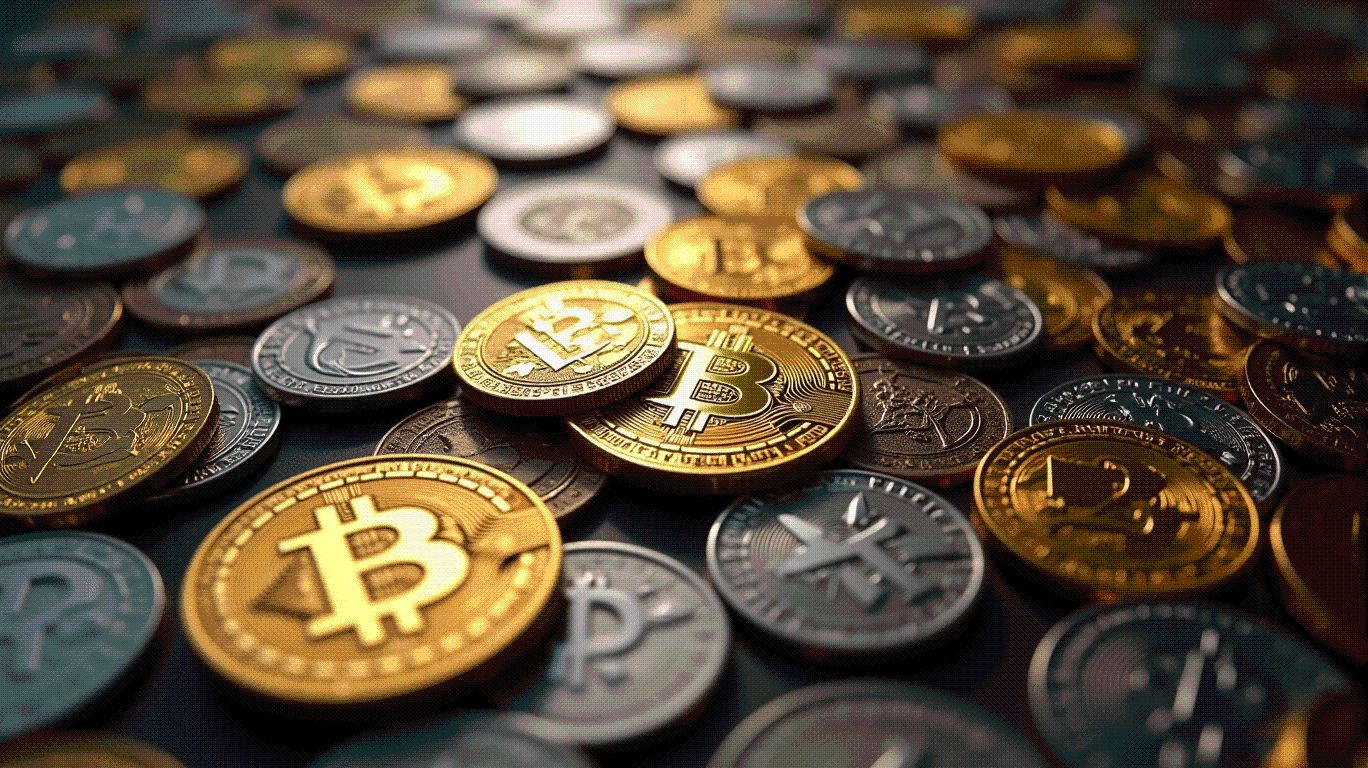Tangible Infrastructure vs. Speculative Momentum: 2025's Crypto Investment Playbook
- BlockDAG's $383M 2025 presale and 2,660% ROI highlight infrastructure-driven growth via 2.5M users, 19k ASIC miners, and 300+ dApps. - XRP relies on uncertain ETF approvals ($2.96 price) while HBAR ($0.19) gains from enterprise partnerships but faces governance centralization risks. - Analysts prioritize projects with audited scalability (BlockDAG's DAG-PoW) over speculative bets, emphasizing operational metrics over regulatory outcomes.
In 2025, the cryptocurrency market is at a crossroads. While speculative narratives around ETF approvals and institutional partnerships dominate headlines, a new breed of projects is redefining value creation through operational infrastructure, real-world utility, and audited scalability. This article examines three key players—BlockDAG, XRP , and HBAR—and argues why investors should prioritize projects with tangible momentum over those relying on speculative hype.
BlockDAG: The Infrastructure-Driven Powerhouse
With 29 sold batches and a token price surging from $0.001 to $0.0276, early investors have already seen 2,660% returns. But the real story lies in the project's operational metrics:
- 2.5 million active users on the X1 mobile mining app, democratizing access to blockchain participation.
- 19,350 ASIC miners generating $7.8 million in revenue, proving the viability of its hybrid DAG-PoW architecture.
- 300+ decentralized applications (dApps) built on its platform, spanning DeFi, gaming, and enterprise solutions.
BlockDAG's tokenomics are equally compelling. Of its 50 billion total supply, 33.3% is allocated to early distribution, 50% to miners, and 12.7% to ecosystem development. This structure ensures decentralized governance and long-term sustainability, contrasting sharply with centralized models like XRP.
The project's technical credibility is reinforced by audits from Halborn and CertiK, which resolved 100% of critical vulnerabilities. Its hybrid architecture—combining DAG scalability (15,000 TPS) with PoW security—positions it as a Layer 1 solution capable of outperforming Ethereum and Solana .
XRP: The ETF Speculation Play
Ripple's XRP has long been a speculative favorite, but 2025 brings both clarity and caution. The U.S. SEC's delayed decision on XRP ETFs (pushed to October 24, 2025) has kept the token's price stable at ~$2.96, with analysts estimating a 95% approval probability. However, this narrative hinges on regulatory outcomes, not operational progress.
While XRP's On-Demand Liquidity (ODL) service has real-world utility in cross-border payments, its value proposition remains tied to legal outcomes. The dismissal of the SEC's appeals in the Second Circuit Court has removed a major overhang, but the token's future depends on ETF approvals, which are inherently uncertain.
Investors should note that XRP's $125 million penalty for pre-2023 institutional sales and its controlled supply strategy (only 50 billion tokens exist) could drive long-term value. Yet, its reliance on regulatory tailwinds makes it a high-risk, high-reward bet compared to infrastructure-driven projects like BlockDAG.
HBAR: Institutional Adoption vs. Operational Momentum
Hedera Hashgraph (HBAR) has carved a niche with its 34-member enterprise council, including Google , IBM , and Boeing . Its hashgraph consensus mechanism offers 10,000 TPS and low fees, making it ideal for supply chain management and real-world asset (RWA) tokenization. As of August 2025, HBAR trades at $0.19, with a market cap of $10.77 billion and projections to hit $30 billion by year-end.
HBAR's institutional credibility is undeniable. Partnerships with Walmart and DHL for supply chain traceability, and its role in Google's Web3 initiatives, validate its utility. However, its governance model—controlled by a council rather than a decentralized community—raises questions about long-term adaptability.
While HBAR's real-world applications (e.g., micropayments, decentralized identity) are compelling, its growth is tied to enterprise adoption rather than user-driven momentum. This contrasts with BlockDAG's 2.5 million mobile miners and ASIC network, which create organic demand.
The 2025 Investment Thesis: Infrastructure Over Hype
As the crypto market matures, investors must distinguish between projects with operational traction and those relying on speculative narratives. BlockDAG exemplifies the former:
- User Growth: 2.5 million mobile miners and 19,350 ASICs creating a decentralized network.
- Technical Audits: Halborn and CertiK validations ensuring security and scalability.
In contrast, XRP's ETF speculation and HBAR's institutional partnerships lack the operational depth to sustain long-term value. While XRP's approval could drive short-term gains, its future remains regulatory-dependent. HBAR's enterprise focus is valuable but limited by its governance structure.
Investment Advice for 2025
- Prioritize Infrastructure: Projects like BlockDAG, with audited architectures and real-world user growth, offer sustainable value.
- Diversify Speculative Bets: XRP's ETF narrative and HBAR's institutional rally can complement a portfolio but should not dominate it.
- Monitor Operational Metrics: Track user adoption, dApp development, and network activity—these are better indicators of long-term success than regulatory news.
In a maturing market, the winners will be those who build tangible infrastructure and foster community-driven ecosystems. BlockDAG’s hybrid DAG-PoW model positions it as a 2025 standout—proving that the future of crypto lies in utility, not just speculation.
Disclaimer: The content of this article solely reflects the author's opinion and does not represent the platform in any capacity. This article is not intended to serve as a reference for making investment decisions.
You may also like
Blockchain-Driven GDP Reporting: A New Era for Economic Forecasting and Fintech Innovation
- U.S. Department of Commerce plans to publish GDP data on blockchain, leveraging its tamper-proof, decentralized architecture to enhance transparency and data integrity. - Blockchain-enabled real-time GDP reporting reduces data lag and noise, enabling dynamic forecasting models and faster policy responses compared to traditional delayed reports. - The initiative creates investment opportunities for fintech firms (e.g., IBM, Snowflake) and MLaaS providers (e.g., AWS, Google Cloud) in blockchain infrastruct

AI Agent Platforms: The Next Frontier in Search Disruption and Recall's Strategic Edge
- Recall.ai disrupts traditional search by transforming real-time meeting data into contextual intelligence via its "Meeting Bots as a Service" platform. - The API-first model enables enterprises to integrate AI-driven transcription, sentiment analysis, and interactive features like Output Media for automated workflows. - With $10M ARR and 300+ enterprise clients, Recall's usage-based pricing and vertical-specific solutions position it as a scalable AI infrastructure leader in the $12B transcription market

Meta's Political Playbook in AI Regulation: Reshaping Tech's Competitive Landscape and Investment Horizons
- Meta's 2025 political strategy leverages super PACs and lobbying to weaken AI regulations, targeting California bills like SB 53 and SB 942. - The company's $64-72B AI infrastructure spending and NVIDIA partnerships drive 50% revenue growth for hardware suppliers. - Google and Microsoft pursue similar deregulatory goals but emphasize ESG commitments, creating sector-wide sustainability gaps. - Federal investigations and state transparency laws pose risks, while infrastructure investments position Meta to

The Strategic Implications of Corporate Bitcoin Holdings: A Case Study of RSXYZ's 3,333 BTC Acquisition Plan by 2028
- Thailand’s RSXYZ plans to buy 3,333 BTC by 2028 via a $5.8M share issuance, signaling institutional adoption of Bitcoin. - The company uses dollar-cost averaging to mitigate Bitcoin’s volatility, treating it as a long-term store of value. - Growing corporate BTC holdings could stabilize prices and drive regulatory clarity, reshaping Bitcoin’s role in institutional portfolios. - RSXYZ’s move may catalyze adoption in Southeast Asia, where crypto integration lags, boosting regional corporate BTC allocations
